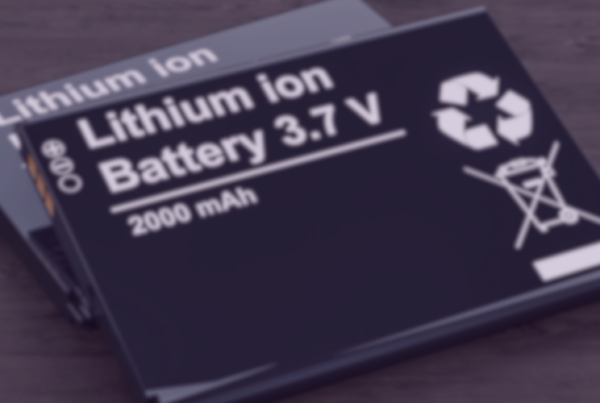The United States and European Union have agreed to end their dispute over U.S. steel and aluminum tariffs imposed by former President Donald Trump in 2018, U.S. officials said on Oct. 31.
Reuters reports Commerce Secretary Gina Raimondo told journalists the deal will maintain U.S. Section 232 tariffs of 25% on steel and 10% aluminum, while allowing “limited volumes” of EU-produced metals tax-free entry to the U.S. Europe exported around 5 million tons of steel annually to the United States before the imposition of the tariffs.
“In the past year, the cost of steel used by America’s auto and appliance manufacturers has more than tripled, creating increased costs for consumers,” Raimondo says. “[The deal] will provide much-needed relief for those workers and industries, the workers and businesses who were threatened with overwhelming retaliatory tariffs of 50% and American consumers, who are worried about increasing prices.”
In theory, the competition could bring down domestic steel pricing if imports were to increase, notes Joe Pickard, ISRI’s chief economist and director of commodities, adding that aluminum prices are at multiyear highs. “Import competition has the potential to reduce some inflationary pressure,” he notes. “That said, metal market conditions here and in Europe are quite tight. I don’t know how much material is available in Europe to export to the United States.”
The agreement requires EU steel and aluminum to be entirely melted and poured in member countries to qualify for duty-free status. The provision is aimed at preventing metals from China and non-EU countries from being minimally processed in Europe before export to the U.S.
“With this dispute behind us, we are in a stronger position to addresses global overcapacity from China with an enhanced enforcement mechanism to prevent leakage of Chinese steel and aluminum into the U.S. market,” U.S. Trade Representative Katharine Tai comments. “And the deal is a significant win on one of President Biden’s top priorities — fighting climate change.”
In remarks after the G20 summit in Rome, President Joe Biden praised the agreement for including a provision aimed at reducing imports of so-called “dirty steel.” Pickard notes steel and aluminum produced in the U.S. and EU have more recycled content than aluminum produced elsewhere, meaning a lower carbon footprint. Domestic demand for reclaimed steel in particular keeps growing, with U.S. Steel, Nucor, ArcelorMittal, Commercial Metals Co., and North Star BlueScope Steel scheduled to bring new capacity online in 2022.
Goldman Sachs has been bullish across a range of commodities, including iron ore, being supported by weak supply response over the next 2-3 years. Pickard says market consolidation, both horizontal and vertical, is still in full swing. For recycled commodities, ISRI is actively engaged in market development, and will update members as that effort develops. “The dust is going to take a few weeks to settle,” notes Bret Biggers, ISRI’s senior economist.
On Oct. 31, the Commerce Department stated the U.S. and UK are continuing separate discussions regarding steel and aluminum tariffs, and similar talks are taking place with Japan. Tai will travel to Japan, South Korea, and India later this month to discuss trade issues.
Photo courtesy of Storyblocks.













